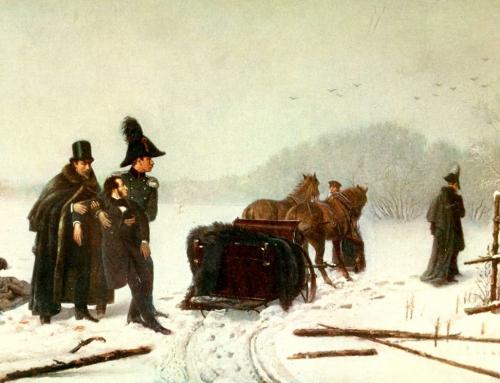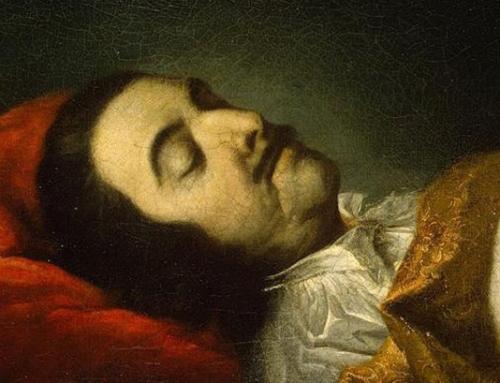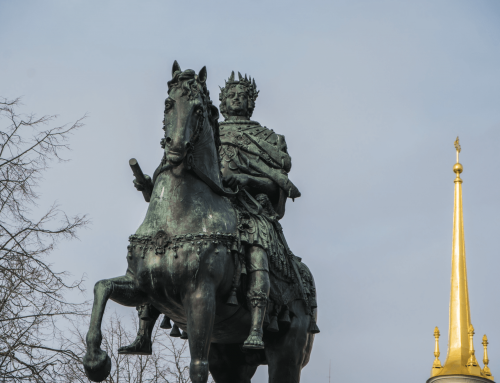Skip to content
:Home/Tragedy in the Mikhailovsky Castle
Tragedy in the Mikhailovsky Castle
On March 24 (12), 1801, at half past two in the bedroom, Emperor Paul I was killed. He was the victim of a conspiracy of Guards officers led by Vice-Chancellor N.P. Panin and the Governor-General of St. Petersburg P.A. Palenom. The group of officers who entered the castle was directly led by the commander of the Izyumskiy Legkonny Regiment, L.L. Bennigsen and former favorite of the Empress PA. Zubov. The conspirators opposed the domestic and foreign policies pursued by Pavel I. According to the initial plan, the officers wanted the emperor to abdicate in favor of Alexander’s son. In the bedroom, Paul I began to persist with the excited officers, a brawl began, as a result of which the emperor was killed.
The murder occurred in the Mikhailovsky Castle, where the emperor moved with his family 40 days before the tragedy.
The castle was built after the accession of Paul to the throne and was completed in January 1801. The construction changed the existing layout of the imperial gardens. On the site of the palace of Elizabeth Petrovna there is a castle, in place of a garden, a labyrinth and a stone greenhouse – a riding-hall, a stable and a square constable with cordegardies. The Third Summer Garden, which was called the Upper Summer Garden, becomes the residence of the emperor and is used for horse walks of Paul. In the memoirs of Colonel NA. Sablukov describes an event that took place a few days before the murder during Paul’s horse ride. Paul stopped the horse because he was suffocating. Accompanying the retinue, Pavel said that he saw how he was strangled.
After the death of Paul I, the imperial family leaves Mikhailovsky Castle. The castle and the Upper Summer Garden adjoining it cease to be the residence of the emperor.
Recalling the events described, Anna Akhmatova creates a poetic image of the Mikhailovsky Garden: “Between the tombs of my grandson and grandfather, a disheveled garden was lost.”
Portrait of Paul I in white dalmatics, artist V. Borovikovsky, 1800.

View of St. Michael’s Castle and Place de la Concrete in St. Petersburg, artist F. Alekseev, 1800.
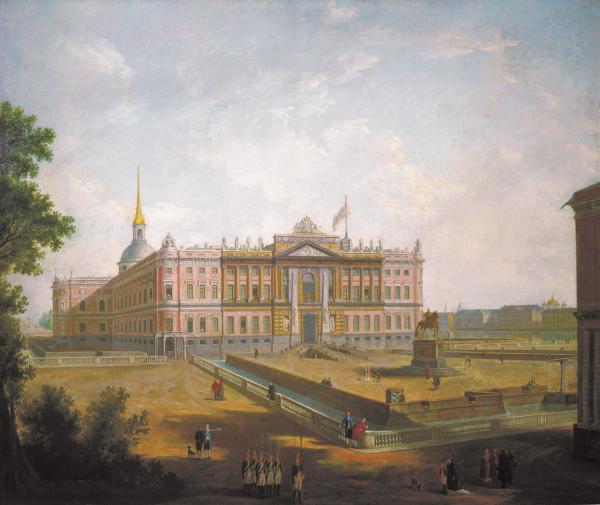
The murder of Emperor Paul I, French engraving, 1880s.

Panin Nikita Petrovich, artist J.-L. Voila.

Palen Pyotr Alekseevich, an unknown artist.
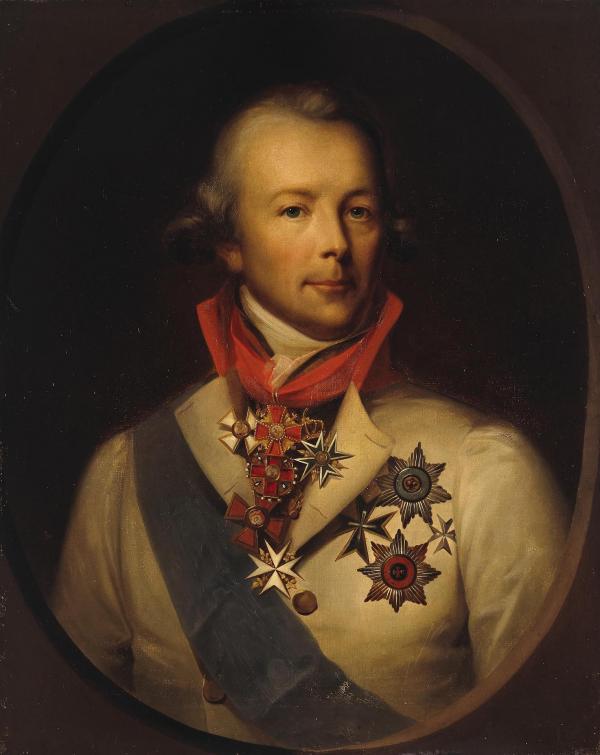
Zubov Platon Alexandrovich, artist I.-B. Lampi, 1793

Bennigsen Leonty Leontievich, artist George Doe, 1820













